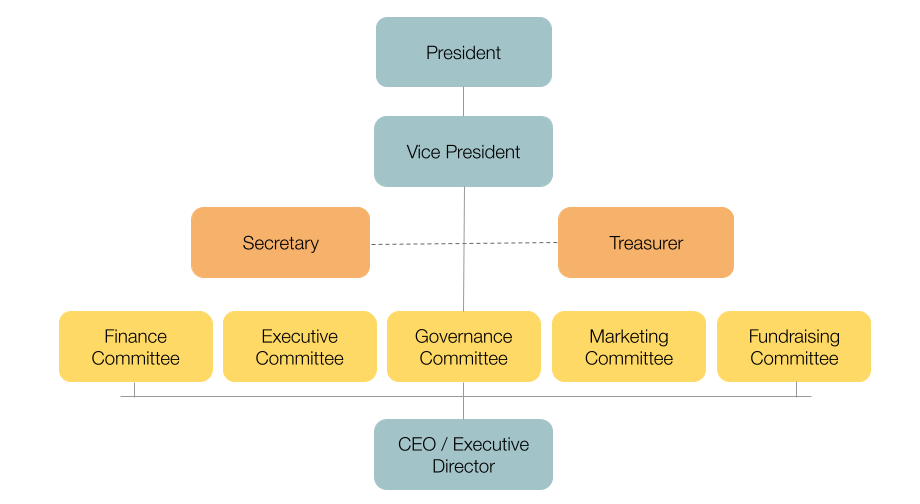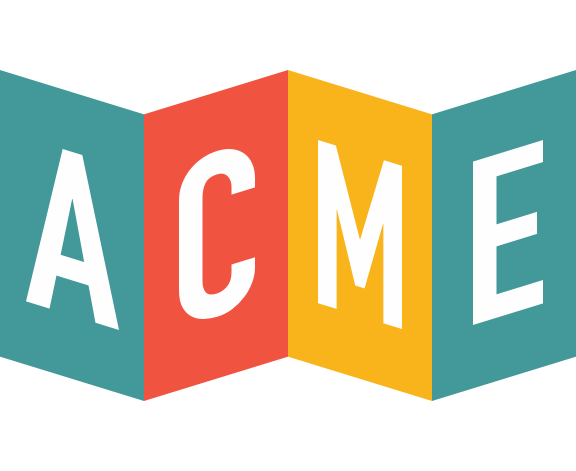
How to Build a Nonprofit Board of Directors
An organization’s success can heavily depend on the capability of its board of directors. It’s important to build a strong, varied board where things are not only equitable but driven towards success as a common goal as well. Many nonprofits have trouble meeting and creating goals, ultimately making the community they strive to serve suffer. We’re going to talk more about how to create and maintain a powerful board of directors for your nonprofit. Challenges are normal when it comes to operating a nonprofit, but they shouldn’t cause detriment to your organization and the groups you aim to help.
Who Should Be on a Nonprofit Board of Directors?
First and foremost, you should check how many board members you’re legally required to have. In California, for example, you can technically have as little as one board member, but you’d likely struggle to achieve tax exemption status with so few.
After you’ve established the minimum you need to have to operate by your jurisdiction, you can start considering the type of people you want on your board. For example, your president should have strong, proven leadership abilities, a commitment to the success of your nonprofit, and can be a positive face for the organization as a whole. You wouldn’t want to randomly choose someone who you’d think would make a good president.
What Type of Structure Should Your Nonprofit Board Have?
Here’s an example of what a board structure might look like at your average nonprofit organization:

This chart shows how a typical power structure might look within a nonprofit organization. We’ll talk a little more about the specifics of these roles a little later. First, let’s go over what board committees are and what they do:
Creating Committees Within the Board of Directors
You probably noticed the committees we included on the chart. These are smaller groups of board members who specialize in tackling specific nonprofit duties. Sometimes these groups are permanent, but they can change in activity based on the current needs of the organization. Committees can be struck or created via motion at any time by one of the board chair members and include board members, staff, and volunteers whose expertise will be used to solve a problem. Here are some in-depth descriptions of the committees we mentioned on our chart:
- Finance committee. Reviews and assesses financial risk, auditing, and accounting policies.
- Executive committee. Created by the board for the board to handle urgent problems between board meetings.
- Governance committee. Provides staffing and onboarding for new board members.
- Marketing committee. Marketing planning, development, counseling, and execution.
- Fundraising committee. Creates fundraising goals, events, and strategies.
Each of these could be standing committees, which are committees that stay all the time, or ad hoc committees, which are basically “as needed”.
Building a Board: Roles and Responsibilities
Coming up with guidelines for how each board position should be run helps your board members do their jobs well. Start by going over your nonprofit’s mission statement and history. Then, you can get into detail about the job itself. This includes their tangible expectations, like how many meetings they must attend and what their contributions must be. You’ll also want to check on your state jurisdiction’s requirements for your board of directors and include those. Be sure to take this seriously and have your board members read and sign a document showing they acknowledge their responsibilities.
Types of Roles on a Nonprofit Board of Directors
There are 4-5 basic types of roles you can expect to have on a board, but a minimum of 3 is doable for small organizations. Here are some details on the board member roles we mentioned earlier in our chart:
- President. The president of your organization will have a passion for your organization and possess natural leadership abilities. They’ll be the public face of your nonprofit, so it’s important to choose someone who’s prepared to be in the public eye. They’ll also be overseeing all of senior management’s work, such as the CEO, ensuring that goals are being met and listening to the needs of the organization.
- Vice President. This is an equally important role, supporting the president’s work and stepping in to make decisions on behalf of the president as needed. A good vice president is curious, confident, and shares the desire to meet the organization’s goals.
- Treasurer. Money is the blood that keeps your nonprofit alive. Treasurers serve to audit finances, keep track of fundraising goals, and should have a pre-existing history of working in finance.
- Secretary. Your secretary should have a strong sense of order as they’ll be keeping everyone in compliance with laws and bylaws, creating and distributing important notices and materials, and setting up meetings. They’re the glue holding things together.
- CEO/Executive Director. Your CEO is kind of like the middleman between your staff and your board of directors. The CEO strives to carry out the goals of the organization based on information from the president, using their own leadership abilities and know-how. They should similarly be an excellent leader and be able to make concise decisions that they know align with the needs of the organization.
Training/Orienting New Members of the Board
Good training sets your board up for success. You should thoroughly consider everything your members need to know and teach it to them while also maintaining a space for questions and discussion. Not leaving room for your new board members will immediately draw things down. Ask for feedback and make sure you’re being respectful of their time. As long as you incorporate your feedback and allow your board members to participate, you’ll be setting them up for success.
What Does a Nonprofit Board Do?
A nonprofit board should strive to guide the organization into success. They do a lot of overseeing and decision-making that helps guide your nonprofit to complete goals and handle any major problems that arise. Board members have a lot of meetings as well, identifying realistic outcomes for current goings-on and keeping the organization together. Meeting minutes are a commonly used method in these meetings, a method of note-taking that identifies key issues to keep track of and remember.
Evaluating Board Effectiveness
So, how can you tell if your board of directors is doing what it’s supposed to? It’s important to keep track of how things are going regularly to avoid problems later. You might even get some valuable feedback to incorporate into your board. You can assess this in a variety of ways:
- Board self-assessment. Each member of the board will assess how they perceive the work they’re doing and how they feel the board is doing overall.
- Peer assessments. Similarly, each board member can assess themselves and their individual peers anonymously.
- Executive director assessment. The CEO provides an assessment of how the board is operating.
- External consultant assessment. An assessment completed by an outside auditing service for an unbiased review.
Each of these gives useful insight, so try not to stick with just one! Having a variety of useful feedback can help you improve your board and avoid missing something by sticking to a single form of assessment.
Have Your Board Sign Off on Acme Ticketing to Get You Meeting your Goals
Acme Ticketing provides a variety of tools that’ll help you from the moment you start a marketing campaign to the moment someone becomes a long-term member of your organization. You’ll be able to utilize our CRM integration, track and report activity, and get set up quickly without having to use multiple applications at once. Fundraising and ticketing is made easy and accessible with a variety of seamless payment options. If you’re interested in seeing what Acme Ticketing can do to change your nonprofit’s ticketing, fundraising, and membership management, request a demo with us.

